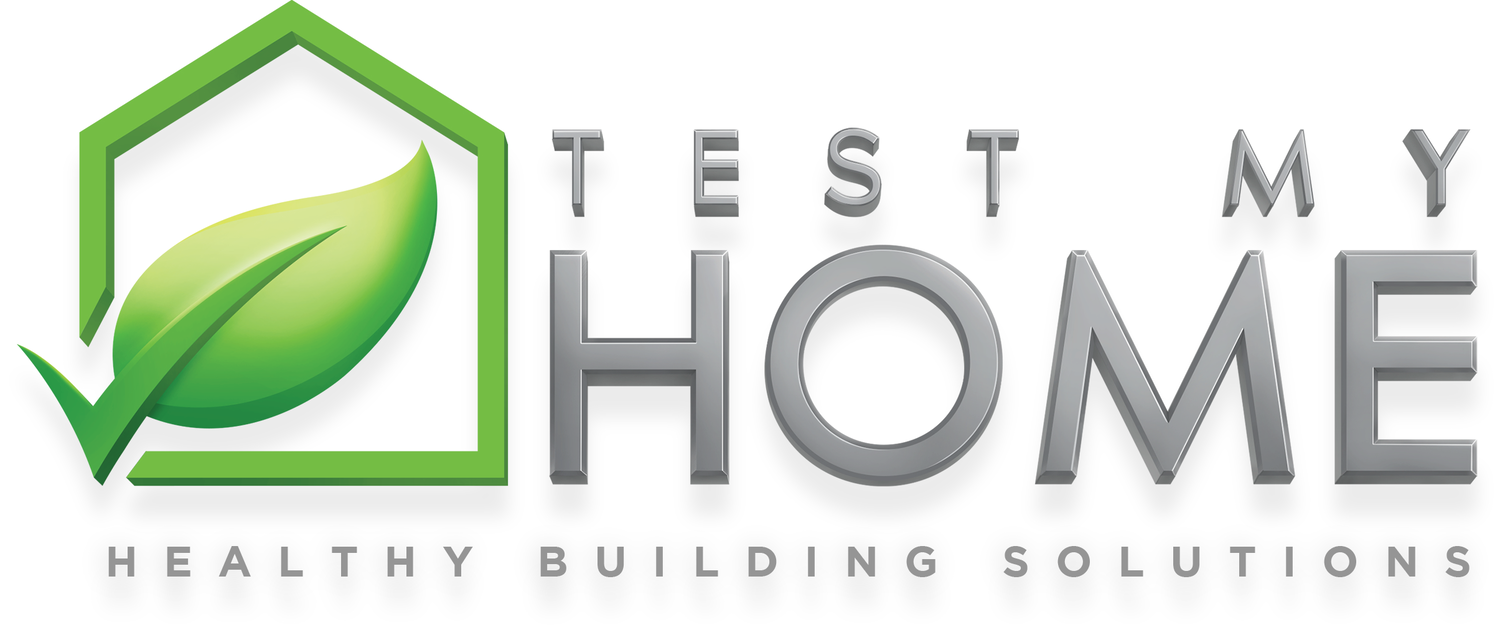Do you get sick at home? Can you get sick in your own home? Sick Building Syndrome may be the cause of persistent cold symptoms that seem to occur when you're at home.
You may develop Sick Building Syndrome when your home has mold, water leakage, substandard indoor air quality, or other problems.
If you suddenly develop symptoms such as nausea, headaches, skin rashes, and constipation that disappear an hour or two after leaving your home, you most likely suffer from Sick Building Syndrome.
Other tell-tale signs of Sick Building Syndrome include asthma, allergies, and chronic exhaustion are some more severe health issues. Learn about components of your home that might endanger your health so you can better equip yourself against various contaminants.
If this is your first time encountering Sick Building Syndrome, we’ll tell you everything you need to know, including its symptoms and how to remedy them.
What Is Sick Building Syndrome?
Sick building syndrome, or SBS, is believed to be caused by spending time in an enclosed space such as buildings and houses. It is usually triggered by poor air quality. However, it does not have any exact medical symptoms.
An SBS diagnosis can occasionally be challenging due to the variety of symptoms. These can mimic various illnesses, including the common cold and flu.
You can determine if you have SBS when you become better after leaving a specific enclosed place, but they return whenever you return.
Sick Building Syndrome may be the reason for persistent symptoms that seem to occur just when you are in a specific building, so you should look into it in detail.
How To Know If You Have Sick Building Syndrome
SBS symptoms primarily impact your skin, neurological, and respiratory systems; some of them include the following:
Difficulty in breathing
Throat irritation
Chest tightness
Runny nose
Allergy symptoms, like sneezing
Skin rashes
Headaches
Dizziness
Over-fatigue
Nausea
Body aches or pains
Fever
Flu
You can experience symptoms that are worse if you currently have allergies or a respiratory infection. For instance, SBS may increase the likelihood of asthma attacks in persons who are already asthmatic.
What Causes Sick Building Syndrome?
When it's impossible to pinpoint the precise origin of your problems, it might be because you're suffering from SBS. Some of the factors that contribute to developing SBS include the following:
Buildings with inadequate ventilation, such as public places, offices, and schools
Tobacco smoke
Room with dark lighting
Place infected with fungus or mold
Broken computer screen that strains the eyes
Places with low humidity
Noisy environments
SBS has a range of potential contributing elements, so it can be challenging to identify a single cause. To eliminate factors that can endanger your health, you might need to renovate your space and make it less suffocating.
You can also refer to a therapist that can provide you with professional solutions.
Conclusion
If you want to remedy Sick Building Syndrome, you can start by locating and removing the primary sources of indoor air pollution.
You should also ensure adequate airflow in the attic and beneath the floors to lessen the feeling of being in an enclosed space.

